Common and Effective Air Purification Technologies
Air purifiers employ various purification technologies to remove pollutants and allergens from the air. Here are some commonly used air purification technologies:

- HEPA Filters: High-Efficiency Particulate Air filters are one of the most common purification technologies. They can capture and filter out small particles in the air, such as dust, pollen, and pet dander.
-
Activated Carbon Filters: Activated carbon filters adsorb chemicals and odors from the air, such as formaldehyde, volatile organic compounds (VOCs), and unpleasant smells.
How Allergy Sufferers Should Choose and Use Air Purifiers
Allergy sufferers should consider the following factors when choosing and using air purifiers:
- Filtration Efficiency: Select air purifiers with high-efficiency filtration systems, such as HEPA filters, to effectively remove allergens and pollutants from the air.
-
CADR Value: CADR (Clean Air Delivery Rate) is an indicator of an air purifier's efficiency. Higher CADR values mean the purifier can clean the air more quickly.
-
CADR Value: CADR (Clean Air Delivery Rate) is an indicator of an air purifier's efficiency. Higher CADR values mean the purifier can clean the air more quickly.
-
Noise Level: Consider the noise level of the air purifier, especially for areas like bedrooms that require a quiet environment.
Choosing an Air Purifier for Children
Consider CADR value, filter type, and coverage area When selecting an air purifier for children, in addition to the factors mentioned above, pay special attention to the following:
- CADR Value: Choose an air purifier with an appropriate CADR value that can effectively purify the space where children spend their time. It is recommended that the chosen air purifier has a minimum of 5 air changes per hour.
-
Filter Type: Prioritize air purifiers equipped with HEPA and activated carbon filters to remove small particles, allergens, VOCs, SVOCs, and odors from the air.
-
Safety Design: Ensure the air purifier has a safe design, without sharp edges or easily accessible components to prevent accidents or injuries to children.
-
User-Friendliness: Choose an air purifier that is easy to operate, clean, and maintain, providing convenience for children's daily use. Conclusion: Selecting an appropriate air purifier is crucial for the health of allergy sufferers and children. Consider air purification technologies, filtration efficiency, CADR value, coverage area, and noise level when choosing an air purifier. Particularly for children, focus on safety, filter type, and user-friendliness to ensure they can live in a clean and healthy indoor environment.

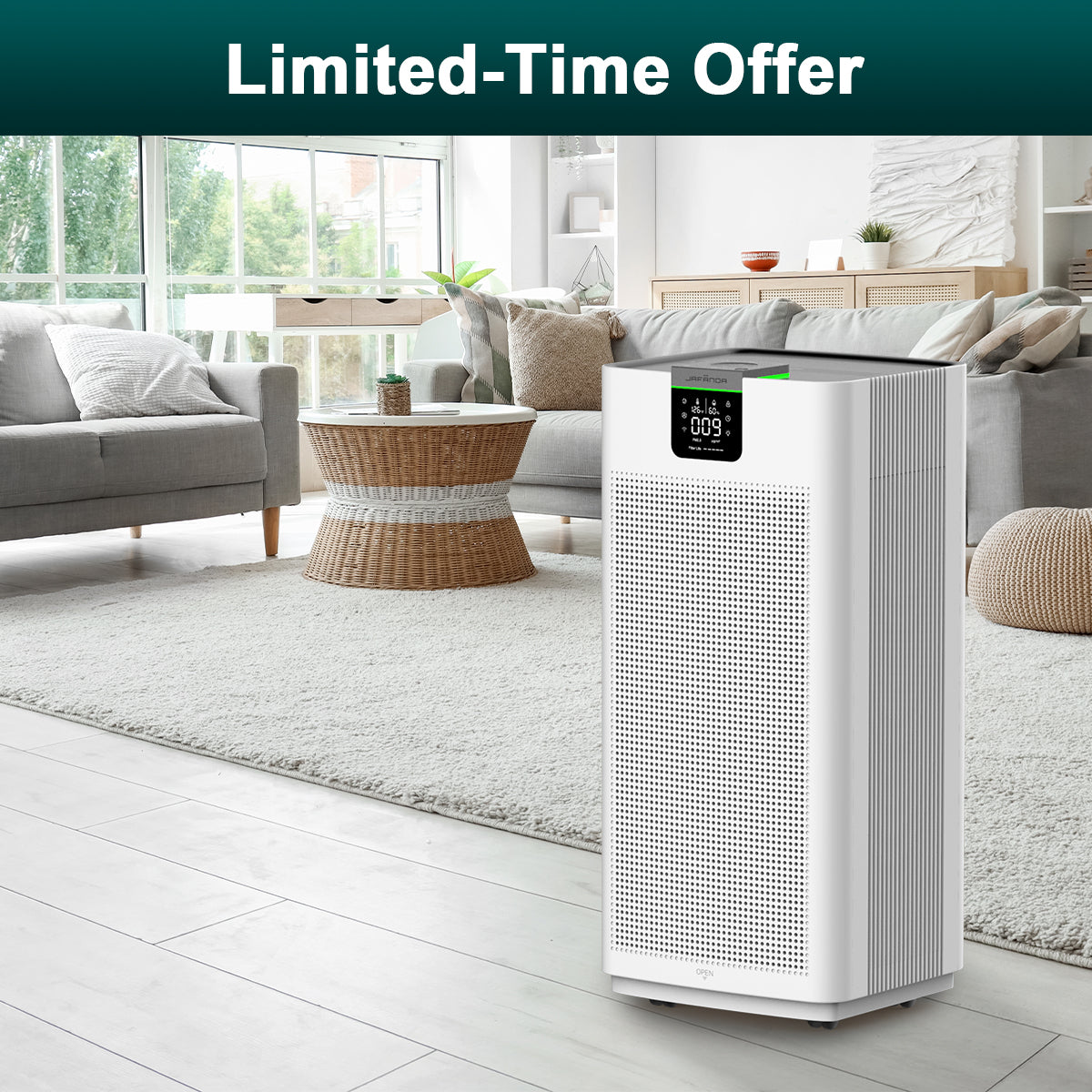
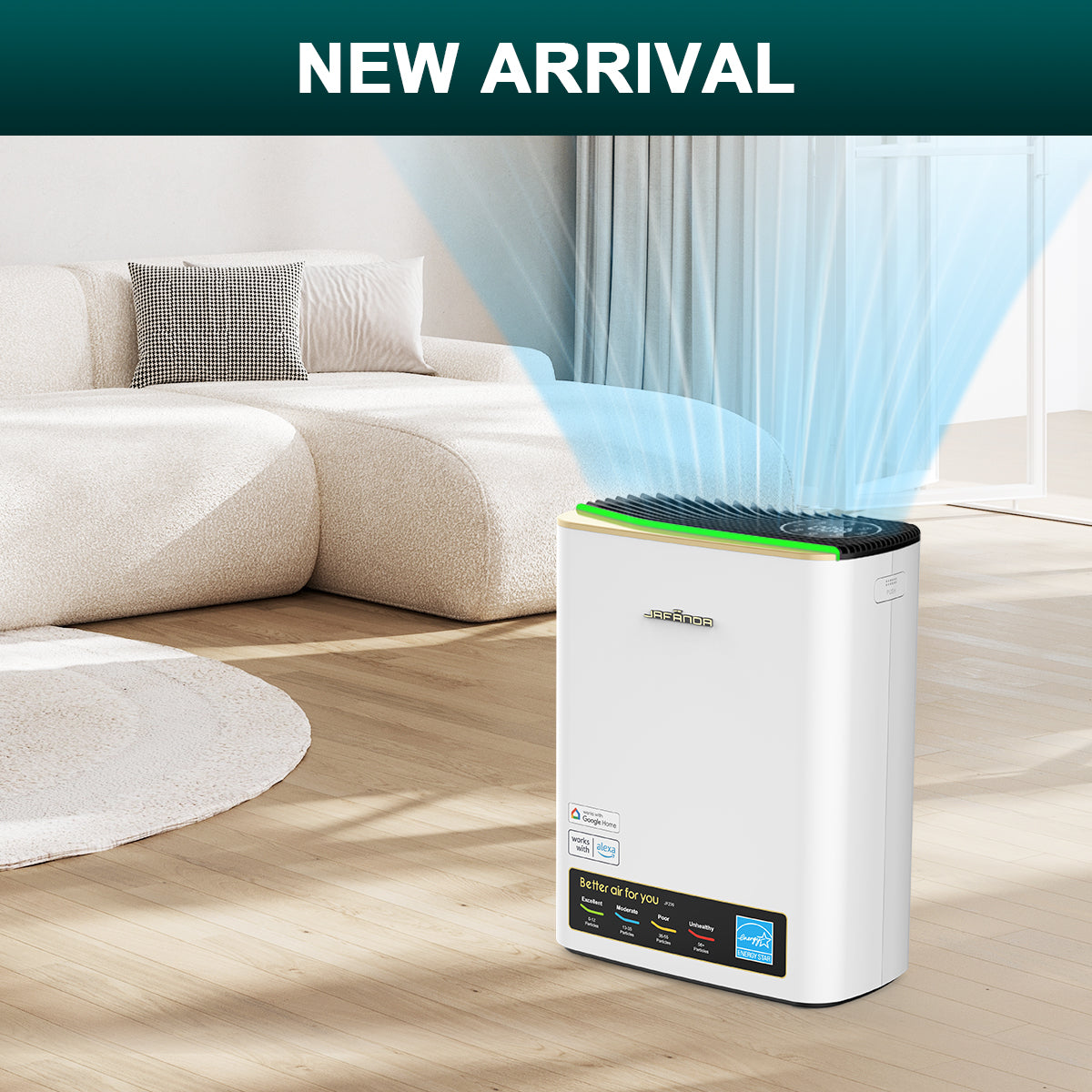
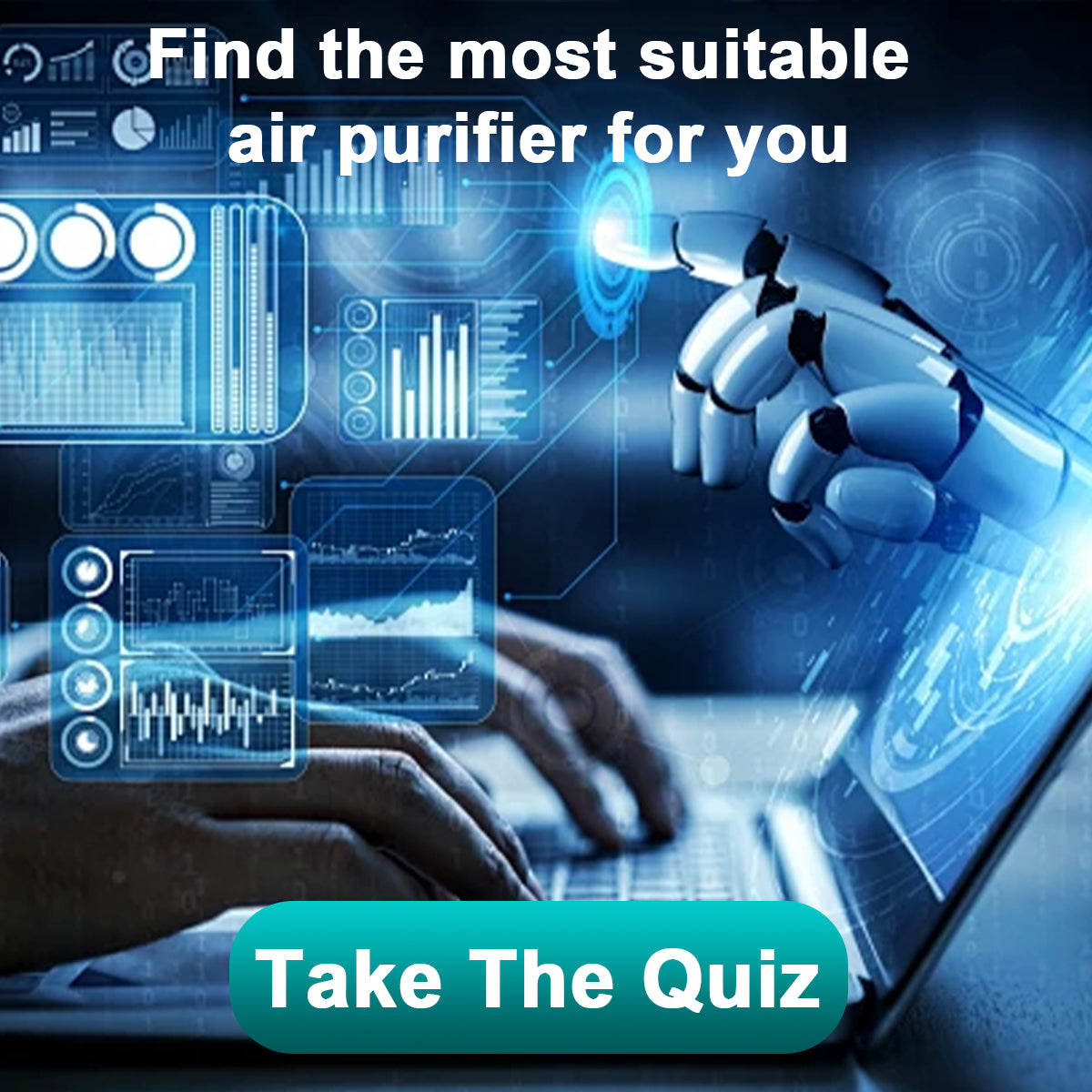
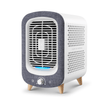
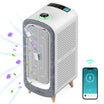
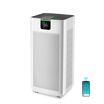
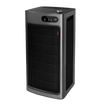
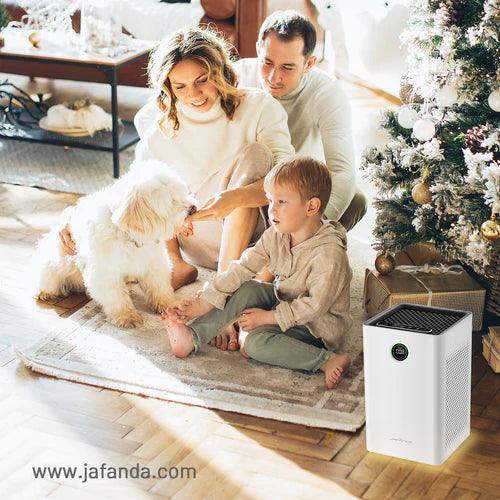
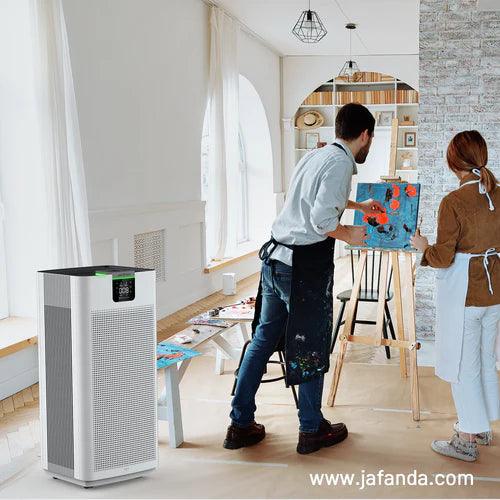
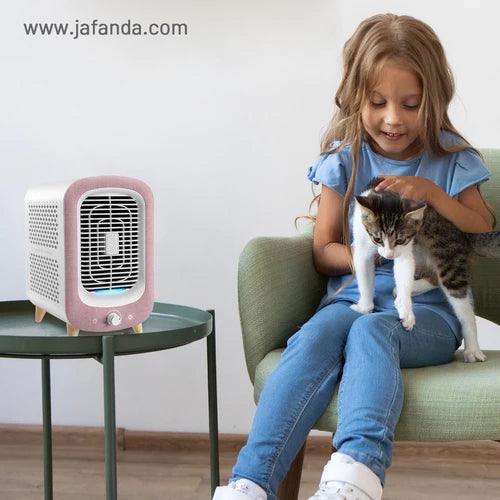
Leave a comment
All comments are moderated before being published.
This site is protected by hCaptcha and the hCaptcha Privacy Policy and Terms of Service apply.